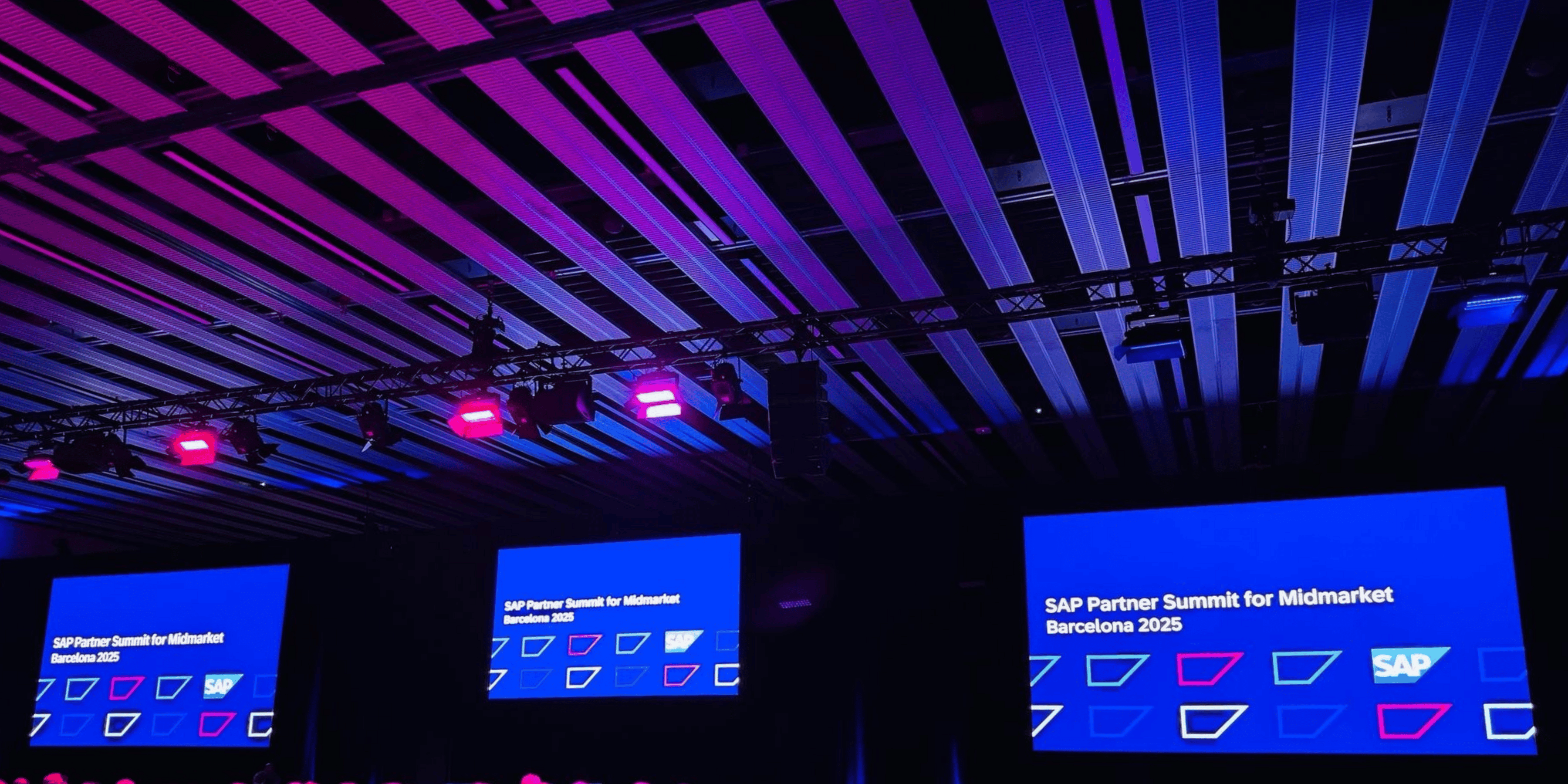At Frontline, we recently participated in the SAP Partner Summit for Midmarket in Barcelona, an event dedicated to fostering collaboration among SAP partners, unlocking growth opportunities, and exploring innovative strategies tailored for the midmarket sector.
The summit featured specialised content tracks, including:
- Go-to-Market Track: Focused on aligning partners with SAP’s latest go-to-market strategies, territory mapping, and business planning.
- Product Track: Delivered insights into SAP’s product roadmaps, hands-on demonstrations, and pre-sales validation for solutions such as SAP S/4HANA, SAP BTP, and SAP Business One.
- Partner Essentials Track: Addressed cross-functional topics essential for all partner roles, including program updates, tools for success, and co-innovation opportunities.
SAP reinforced its commitment to SAP Business One, affirming its long-term growth strategy. The development of a fully functional web client is progressing rapidly, with a target to make all functionality available by the end of 2026. Upcoming feature packs will enhance core functionality in the web client, and the current web client analytics are already providing valuable business intelligence insights.
Version 10 FP2502 is now available, offering powerful enhancements to elevate your experience, including:
- Expanded Business Object Coverage: A broader scope within the web client.
- Enhanced Microsoft 365 Integration: Seamless connectivity with Microsoft 365.
- Advanced Analytics: Improved data insights and reporting capabilities.
- Greater Extensibility: Increased flexibility for customisation.
What’s next for 2025:
- Enhanced attachment handling
- Expanded business function support
- Introduction of a new reporting framework
- Further extensibility enhancements
- Implementation of process maps
Looking ahead to 2027 and beyond:
SAP have been very clear that SAP Business One is here to stay and have forecasted the release of Version 11 for 2027, which will be optimised for a web-based experience and will introduce significant core functionality improvements. SAP Business One is receiving substantial resources to accelerate the development of the new web client interface, and the analytics capabilities are being enhanced with exciting new features.
The SAP Partner Summit for Midmarket was a tremendous success, showcasing SAP’s unwavering commitment to innovation and growth in the midmarket sector. With the launch of Version 10 FP2502 and an exciting roadmap ahead, SAP Business One continues to evolve, promising even more advancements in the future.
As we anticipate the improvements on the horizon for 2025, it is clear that SAP Business One is well-positioned to deliver exceptional value to its expanding community of over 82,000 c




